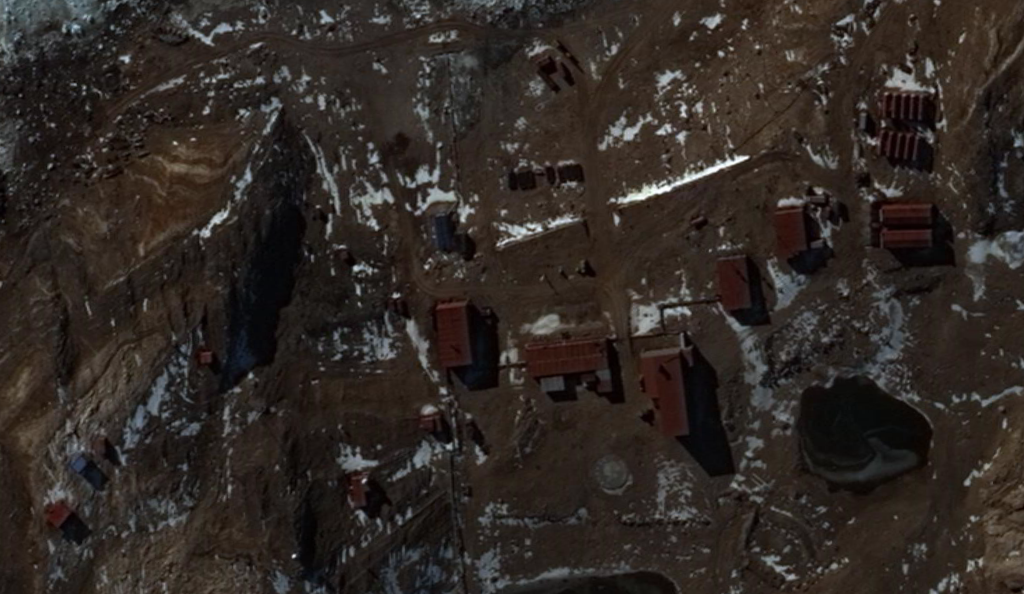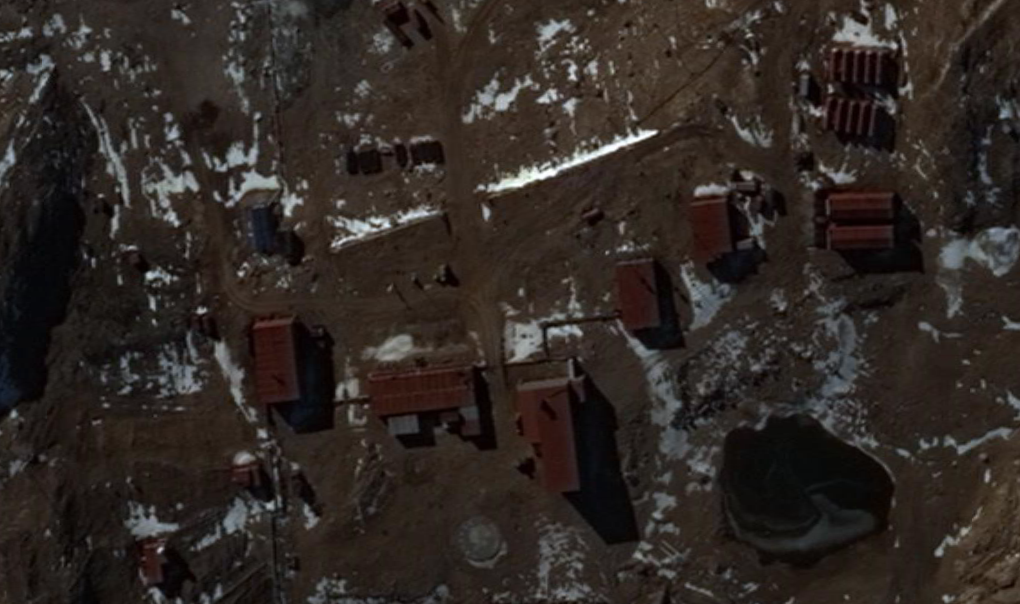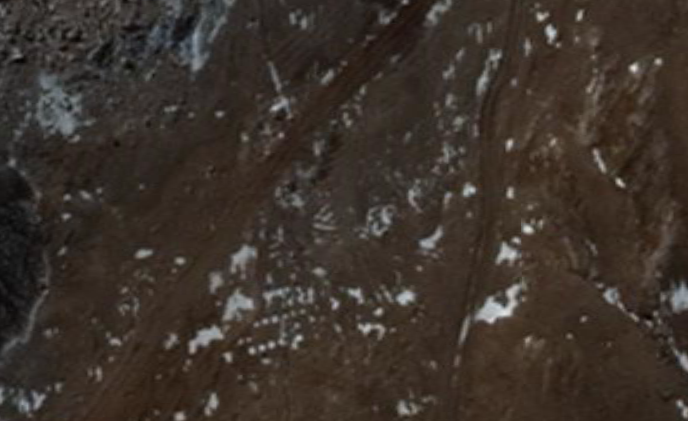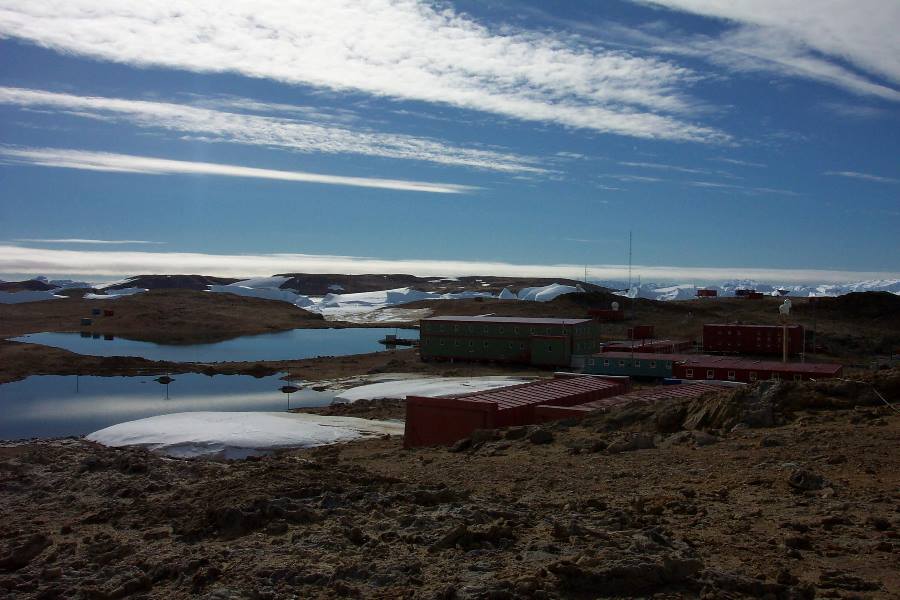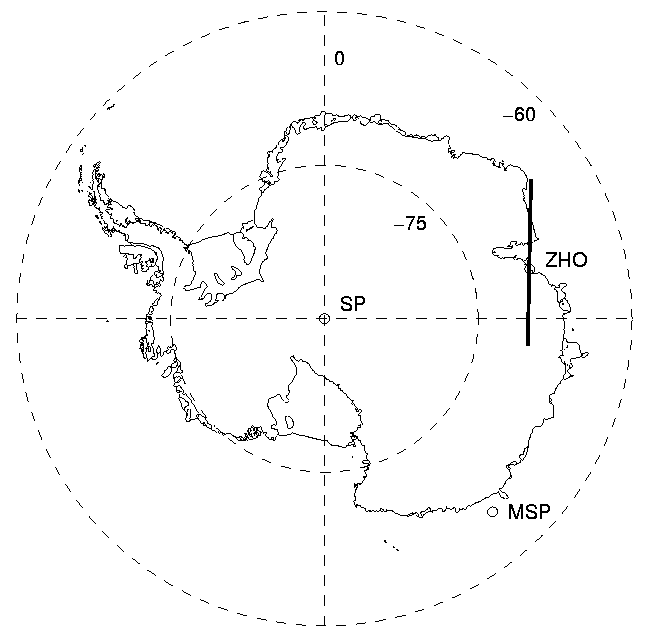|
|
||||||
|
China 69º 22' 23.63" S 76º 22' 19.11" E ..
Zhong Shan Antarctic Polar Station
(China)
+8C°C maximum temperature
http://en.wikipedia.org/wiki/Antarctic_Zhongshan_Station
...
The Zhong Shan Photometer Introduction Of the two Chinese scientific stations in Antarctic, the one in Zhong Shan is closely conjugated with the Svalbard area in the northern hemisphere. This makes it a valuable place for coordinated measurements both with the EISCAT Svalbard Radar (ESR) and the Polar satellite. In 1991 a cooperation agreement was signed between the Ionospheric Laboratory of the China Research Institute of Radiowave Propagation (CRIRP) in Xinxiang, China, and the Department of Physical Sciences, University of Oulu, Finland, to build an auroral photometer system for the Zhong Shan station (Kaila et al, 1997). The multichannel scanning photometer agreed upon was constructed in Oulu by April 1995, and delivered to China in May. Measurements were supposed to start in March 1997, to be continued during the local winter time until October (the same schedule of measurements is planned for every year). However, due to problems mentioned above, the current status of the system is unknown! The Zhong Shan station
Figure 1. Locations of Zhong Shan station (ZHO), South Pole (SP) and Magnetic South Pole (MSP). The line drawn over the station shows the scanning area at the altitude of 250 km. The Zhong Shan station is located at 69.4°S, 76.4°E (Figure 1). Table 1 lists the most important figures related to this location. Note that the Zhong Shan station is at high enough latitude to be, most of the time, inside the polar cap or at the polarward edge of the auroral oval. The Zhong Shan station is magnetically conjugated with the Svalbard area, the conjugate point being about 400 km west of the island (Figure 3). Note that, with increasing magnetic activity, this point moves southward by few degrees. The EISCAT Svalbard Radar (ESR) can cover approximately the same area. Several groups will also provide, e.g., CCD-based all-sky cameras on Svalbard and in Greenland’s east coast covering the conjugate area of Zhong Shan. SOURCE: University of OULU, Finland See
Also:
|
||||||
|
...
Riometer beam projection for Zhongshan. Note that any beams which have multiple lobes stronger than -3dB are not shown. |
||||||
| FAIR USE NOTICE: This page contains copyrighted material the use of which has not been specifically authorized by the copyright owner. Pegasus Research Consortium distributes this material without profit to those who have expressed a prior interest in receiving the included information for research and educational purposes. We believe this constitutes a fair use of any such copyrighted material as provided for in 17 U.S.C § 107. If you wish to use copyrighted material from this site for purposes of your own that go beyond fair use, you must obtain permission from the copyright owner. | ||||||
|
|

